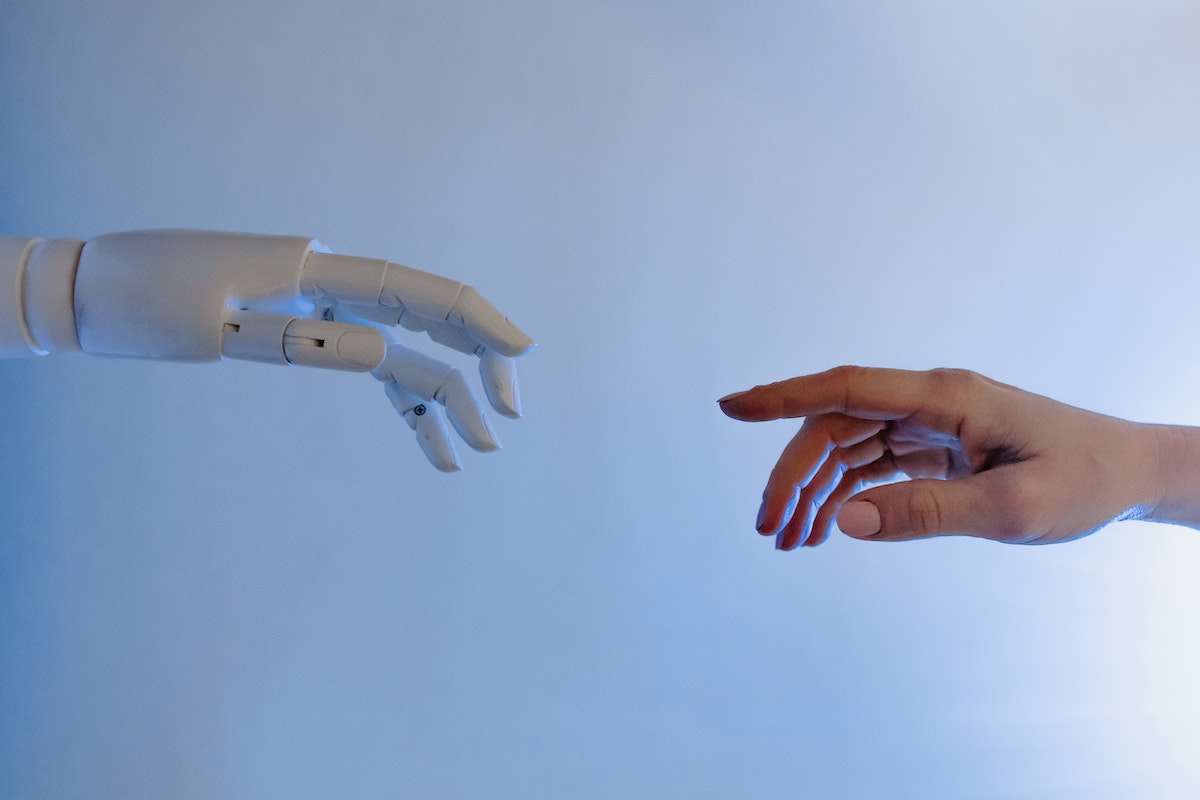The healthcare industry has been under immense pressure over the past year as the world grapples with the COVID-19 pandemic. Hospitals and clinics have been overwhelmed with patients, while healthcare workers have been stretched thin. Thankfully, technology has come to the healthcare industry’s aid in several ways. Here are five technological trends that have helped healthcare during the pandemic.
Electronic Health Records
One of healthcare’s most significant technological trends is the electronic health record (EHR). EHRs are digital versions of a patient’s medical history that authorized healthcare providers can access. This is important because it allows for continuity of care – if multiple providers see a patient, each provider will have access to the same information. EHRs also make it easier to track patients’ progress and follow up on test results and appointments.
Telemedicine
Telemedicine is using telecommunications technologies to deliver medical care at a distance. It has become increasingly popular in recent years as more and more people have gained access to high-speed internet and smartphones. In addition, telemedicine has been a godsend for many during the pandemic as it has allowed people to see their doctors without risking exposure to the virus. Here are some of the sub-industries that telemedicine is helping out today.
Senior Care
Seniors are highly susceptible to the virus and likely to get very sick. However, through telemedicine, seniors can get the care they need without putting themselves at risk. For example, many senior care facilities use tablets to connect residents with their families and loved ones.
Pediatric Care
Another demographic that is very susceptible to the virus is kids. The best pediatric care services allow parents to use telemedicine for specific appointments, so they don’t have to bring their kids into the doctor’s office and risk exposure. It’s a great way to get consultations for sick children but not necessarily from the virus.
Mental Health
The pandemic has taken a toll on everyone’s mental health, and telemedicine has been a valuable resource for people dealing with anxiety, depression, and other mental health issues. Therapists and counselors can provide care remotely, which is often more convenient for people with mental health issues.
Home Care
Home care is an integral part of the healthcare industry, and telemedicine has made it more accessible. Home care providers can use telemedicine to connect with their patients and provide them with the necessary care. This is especially important for people with chronic conditions who need regular check-ups but may not be able to leave their homes.
Telemedicine plays a crucial role in today’s healthcare industry and will only become more critical in the future.

Artificial Intelligence
Artificial intelligence (AI) is being used more and more in healthcare, and for a good reason – it has been shown to improve clinical decision-making, increase efficiency, and reduce costs. AI can be used for diagnosis, treatment recommendations, disease monitoring, and surgery. For example, AI-assisted diagnosis has been beneficial during the pandemic as it has helped free up hospital beds by allowing patients to be diagnosed and treated remotely.
Wearables
Wearables are devices worn on the body, such as fitness trackers, smartwatches, and heart rate monitors. They are becoming increasingly popular as people look for ways to monitor their health and fitness levels. While wearables are not new technology, they have become more sophisticated in recent years and can now track various health metrics such as heart rate, blood pressure, and sleep quality. This data can benefit both patients and healthcare providers – it can help patients identify potential health issues early on and help healthcare providers keep tabs on their patients’ health without needing to see them in person every time.
Robotics
Robotics is another area where healthcare has made great strides in recent years. Robotics can be used for surgery, physical therapy, and rehabilitation exercises. Robotics surgery is less invasive than traditional surgery, which means that patients recover faster and have less risk of complications. Physical therapy robots can provide personalized exercises tailored to each patient’s needs, which helps speed up recovery times. Finally, rehabilitation robots can help stroke victims regain movement in their limbs through repetitive exercises – something that would otherwise be extremely difficult or impossible to do on their own.
These are just a few examples of how technology is helping the healthcare industry during the COVID-19 pandemic. From telemedicine to robotics surgery, technology plays a vital role in keeping healthcare workers and patients safe while still providing high-quality care. As we continue to grapple with this pandemic, the world will likely see even more innovation in healthcare as businesses look for ways to improve efficiency and reduce costs.

